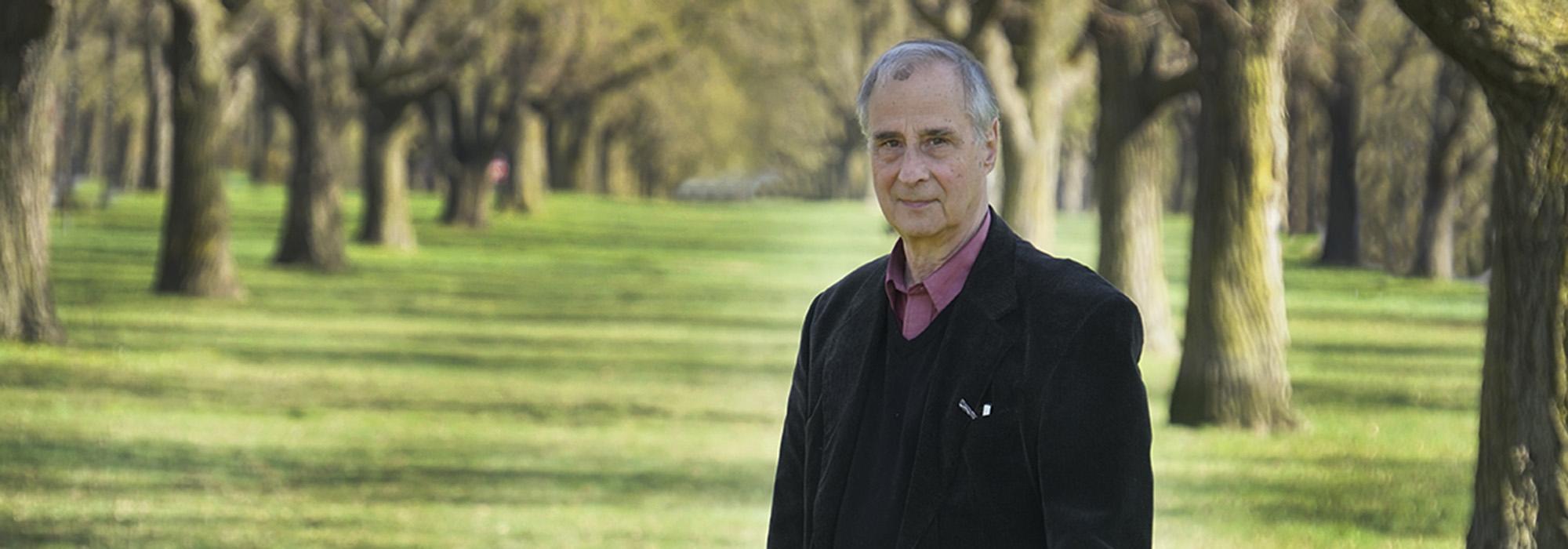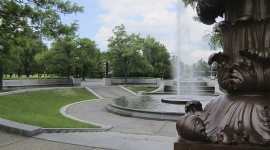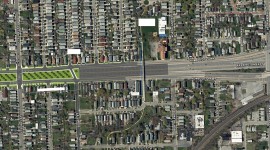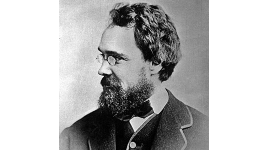A Golden Opportunity to Reunite a Masterpiece in Buffalo
It is heartening to read how many people in Buffalo wish to see the Humboldt Parkway fully restored to its former beauty. When Frederick Law Olmsted and Calvert Vaux designed Buffalo’s park and parkway system in the late 1860s, they designated a number of thoroughfares as “parkways.” This was a new term they invented to distinguish these streets from the normal streets and avenues that people were familiar with. They defined a parkway as a 200-foot-wide residential street (most streets then were 60 feet wide) lined with multiple rows of shade trees--mostly the sadly departed American elm. Bands of lawn separated lanes for pedestrians, horseback riders and light vehicles so that users were untroubled by competing forms of movement. Business-related and industrial buildings were prohibited along their borders. As the name implies, the designers regarded the parkways as linear parks in themselves, extensions of the large parks where people who lived nearby the parkways could easily come to enjoy the out-of-doors. The parkways were intended to be gracious green boulevards where people would take pleasure in living. The surviving parkways on the West Side of Buffalo have proved their point.
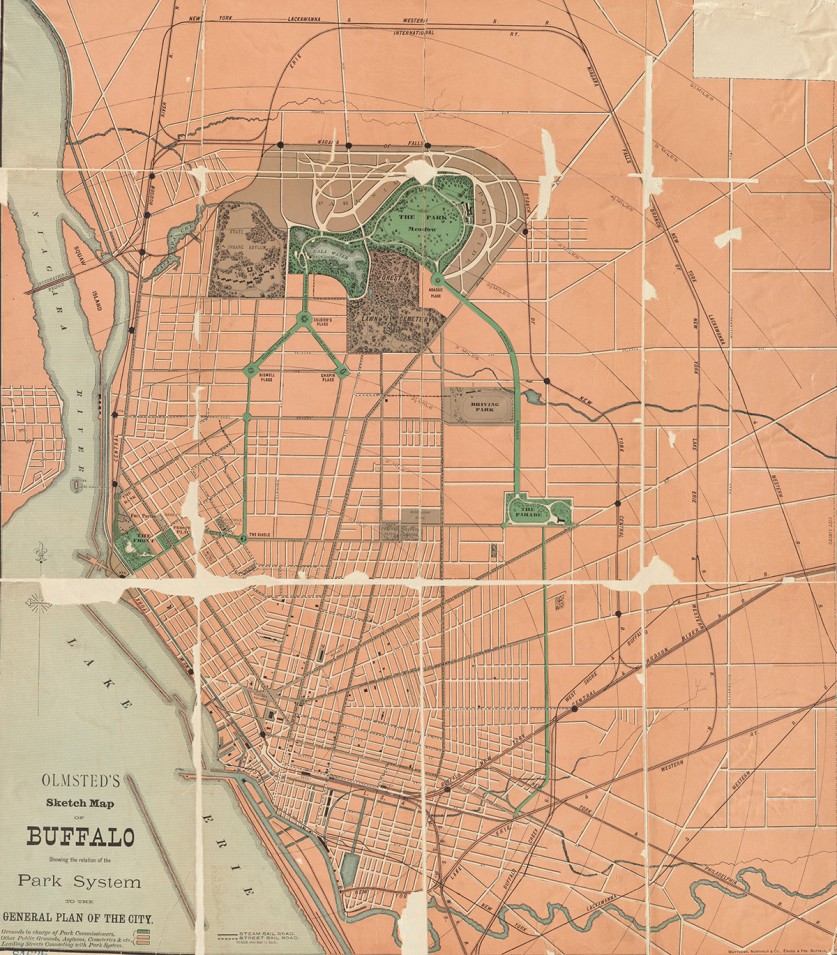
Buffalo’s parkways were the first to be constructed in an American city and formed a model for other places to follow. Indeed, when Olmsted exhibited their plan of Buffalo at the world’s fair in Paris in 1878, he touted it as “the best planned city, as to its streets, public places, and grounds [parks], in the United States, if not in the world.”
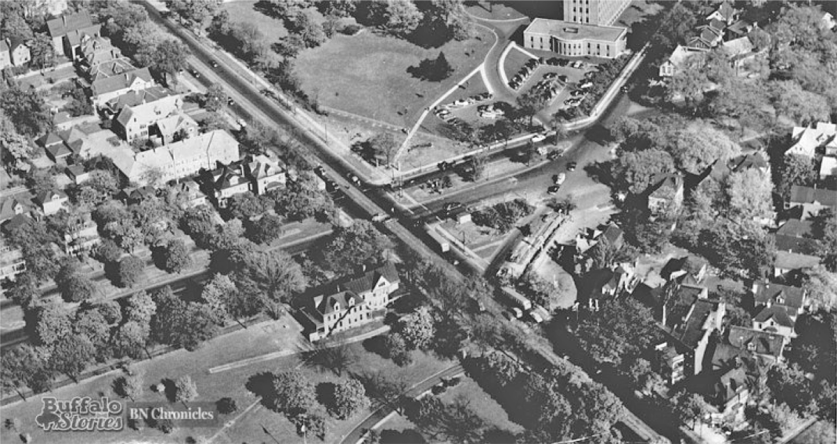
The longest of all of Buffalo’s parkways was the Humboldt Parkway (named for a well-known German geographer and early champion of the natural environment). It spanned the mile or so distance between Delaware Park, the city’s main park, and The Parade, the present Martin Luther King, Jr. Park. In the nineteenth and early twentieth centuries, by which time the trees had grown to maturity, it was regarded as one of the most beautiful streets in America.
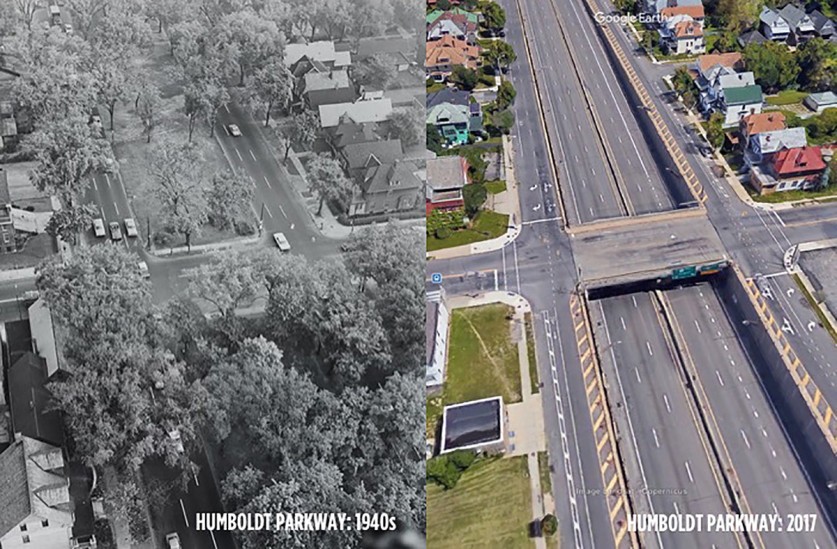
In 1979, when the original Olmsted and Vaux park and parkway system was entered into in the National Register of Historic Places, Humboldt Parkway was not included. Although the name survived, it had been so drastically altered that it no longer met the standards for listing and failed to take its place together with Bidwell, Chapin, and Lincoln Parkways. What an outstanding day it would it be for Buffalo to have the Humboldt Parkway – like its West Side sisters, the Darwin Martin House, Prudential Building, Canalside, and Silo City – regain a significant place in the life of Buffalo and in the annals of American urbanism.
Francis Kowsky is SUNY Distinguished Professor Emeritus and Fellow of the Society of Architectural Historians. He is the author of Country Park and City: The Life and Architecture of Calvert Vaux, The Best Planned City in the World: Olmsted, Vaux and the Buffalo Park System, and most recently Hell on Color, Sweet on Song: Jacob Wrey Mould and the Artful Beauty of Central Park.



